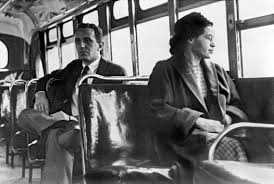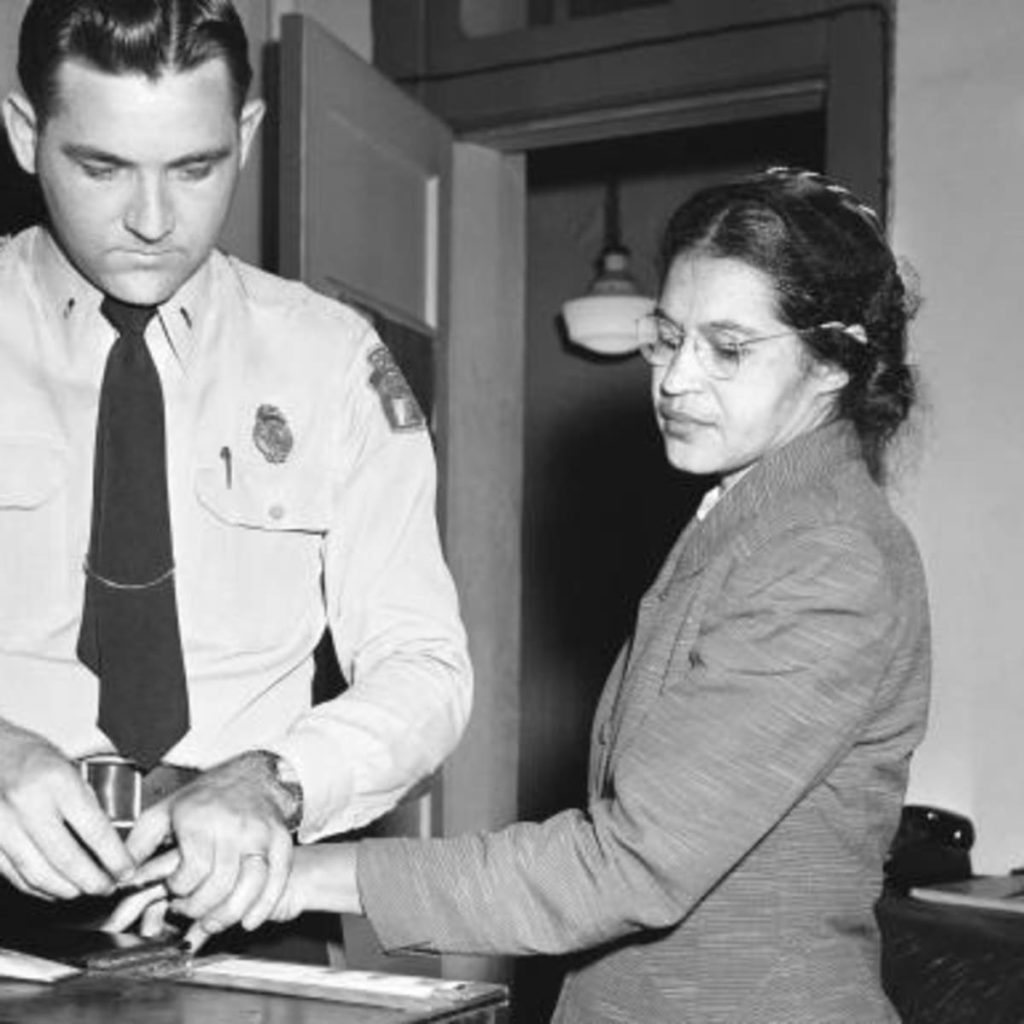Perhaps there’s no one in the modern era who doesn’t know MARTIN LUTHER KING JR. The king of civil rights from city to suburbia, he stood steadfast in the face of authority, in addition to mobilizing the oppressed. This is the reason that America celebrates MARTIN LUTHER KING JR DAY ON EVERY 3rd Monday of January; to celebrate the life and accomplishments of this great soul. Today, we shall see the legacy of the man behind Civil Rights for all.
WHO IS MARTIN LUTHER KING JR??
Originally named Michael King Jr, he was born in Atlanta (Georgia) on 15 Jan 1929. Many people also knew him as “Reverend” Michael as he was initially a clergyman. However, most of us know him as an influential leader and thus, are familiar with his activist work more.
King was inspired by Mahatma Gandhi in many ways; the most important being that of Non Violence. He even adopted Gandhi’s non violent Satyagraha tactic in his marches. We can corroborate this by looking at one of the quotes made by King himself in 1955.
“While the Montgomery boycott was going on, India’s Gandhi was the guiding light of our technique of nonviolent social change. I came to see for the first time that the Christian doctrine of love operating through the Gandhian method of nonviolence was one of the most potent weapons available to oppressed people in their struggle for freedom”
Martin Luther King Jr
King was basically in love with the very idea of Satyagraha; the way truth and love could be effective weapons in securing justice for all. King led the civil rights movement from the mid-1950s to 1968 for which, he was even awarded the Nobel Peace Prize in 1964.
MONTGOMERY BUS BOYCOTT (1955)
Before getting into what and why of it, we first need to understand the JIM CROW LAWS. These were nothing more than a codified enforcer of racial apartheid. The law demanded mandatory segregation in all areas; from schools to parks, public restrooms, libraries, restaurants etc; in fact, there were “separate but equal” (in reality inferior) public facilities installed for the coloured. It denied voting rights to blacks in the rural South as well.

Rosa Parks in her Bus seat 
Rosa Parks arrested under Jim Crow Laws
But perhaps the one that gets the most attention is the segregation in public transport. It all started in March 1955 when a 15 year old black schoolgirl refused to give her bus seat to a white man and thus, violated the Jim Crow Laws. In the same year, another Afro-American woman Rosa Parks did the same in December 1955 and was arrested too. This angered civil rights leaders like E.D.Nixon who already had been a union organizer and eventually led to the launch of the MONTGOMERY BUS BOYCOTT of 1955. This movement was lead an implemented by Martin Luther King Jr.
King had to face much of the brunt of the movement because he was leading it from the forefront. Not only was he arrested, but his his house was even bombed during the protests. It was in his case that the US District Court, in Browder vs Gayle, ended racial segregation in all Montgomery Buses.
WASHINGTON MARCH (1963)
This was a March for Jobs and Freedom as can be seen from the claim that this was “A massive federal program to train and place all unemployed workers—Negro and white—on meaningful and dignified jobs at decent wages.” Apart from this, the March was about civil rights, voting rights and most of all Racial Equality.
King believed that the economy needs to be restructured by the government to do away with the massive employment rate persisting in America then. It is here that Martin Luther King Jr gave the “I HAVE A DREAM” speech, which was the concluding speech of the day. He gave the speech in front of more than 20,000 people and more than 2000 media persons.
This march was successful as most of the demands by the people were met.
- CIVIL RIGHTS ACT (1964): It prohibits discrimination on the basis of race, colour, sex, religion or national origin. This law also severely prohibited discrimination on race and sex in hiring, firing and promoting.
- VOTING RIGHTS ACT (1965): As the name suggests, it gives the Right To Vote to African-Americans, therefore guaranteeing the 15th Amendment to all American citizens. President Lyndon B Johnson signed this bill.
LESSONS FROM MARTIN LUTHER KING JR ‘S LIFE
- Martin Luther King Jr paved the way for many grassroots leaders to mobilize Afro-Americans for sustained mass struggles
- He even inspired participants of movements to believe that their cause was just and consistent with tradition American egalitarian values.
- He appealed to the conscience of all Americans and thus, built popular support for civil rights reform.
- Martin Luther King’s emphasis on non violent protest and inter-racial cooperation was and still is an effective tool to achieve reform.
All in all, Martin Luther King Jr has gone down as one of the most influential figures of the 20th century. His methods have not gone obsolete and in fact, have become more relevant in modern times. Perhas that’s why people still revere him; the man who had the guts to look at the authority face to face and tell them they were wrong.
